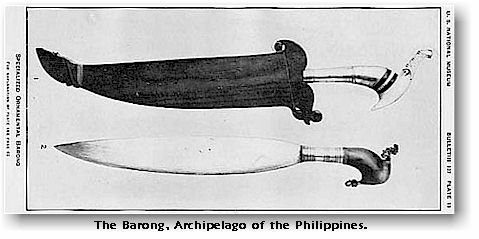Please explain Keppan.
I think the only living Westerner allowed to teach Katori Shinto Ryu is in Spain. I believe he's recieved his okuden license. Therefore, anyone other Westerner claiming to teach the Katori Shinto Ryu is most likely not a legitimate instructor. I don't think this person is allowed to grade...just teach. This was a few years ago, though. It is possible another Westerner has been granted license.
Cthulhu
I think the only living Westerner allowed to teach Katori Shinto Ryu is in Spain. I believe he's recieved his okuden license. Therefore, anyone other Westerner claiming to teach the Katori Shinto Ryu is most likely not a legitimate instructor. I don't think this person is allowed to grade...just teach. This was a few years ago, though. It is possible another Westerner has been granted license.
Cthulhu

